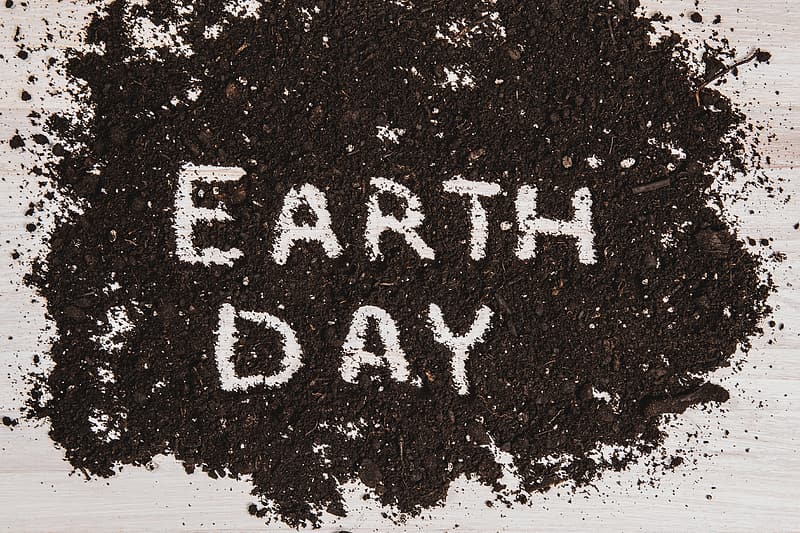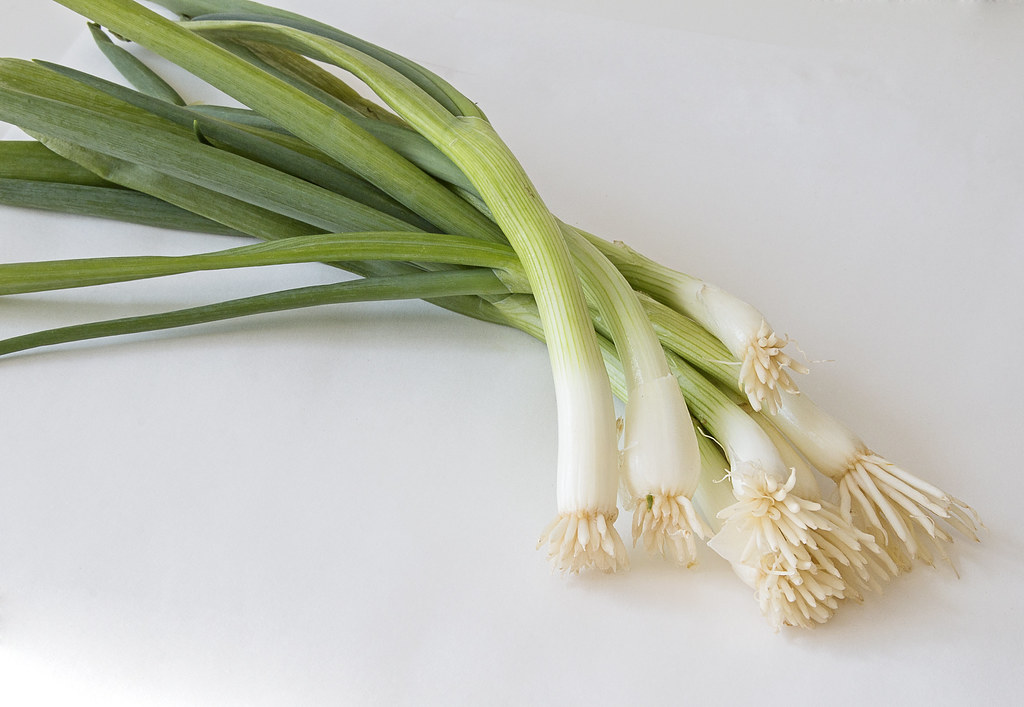“Shedding Light on LED Wonders: The Digital Disco for Your Retina!” Hey there, all you enlightened minds! Let’s dive into the captivating world of LED lights. They’re not just bulbs; they’re the maestros of our modern lighting dance floor. But did you know these lights can do a lot more than just dazzle? Buckle…
 August 28, 2023
Nerd
No comments exist
August 28, 2023
Nerd
No comments exist








